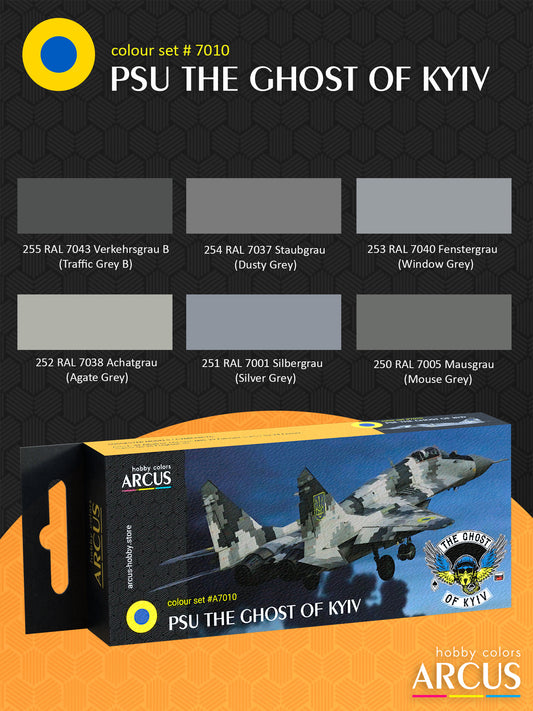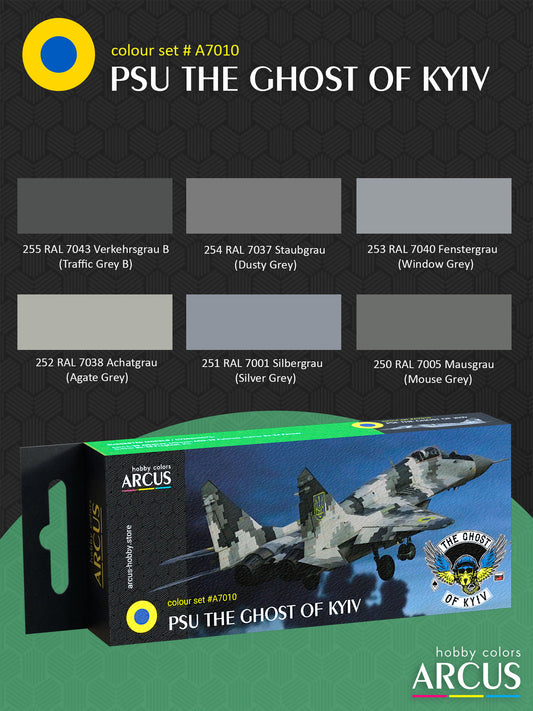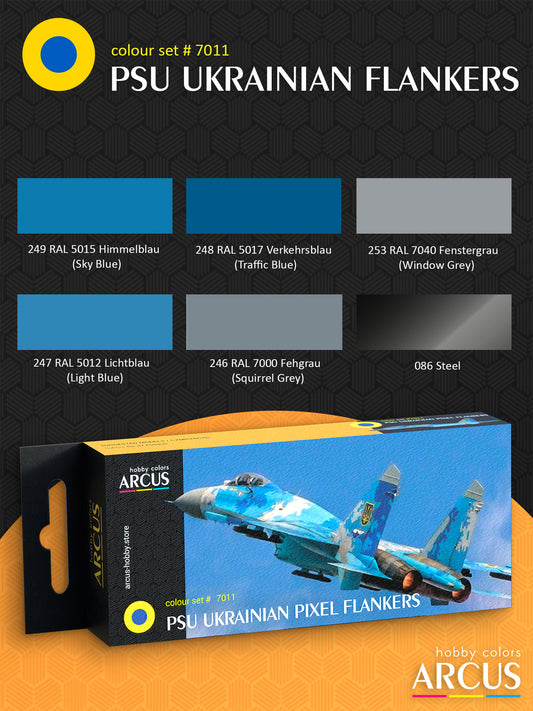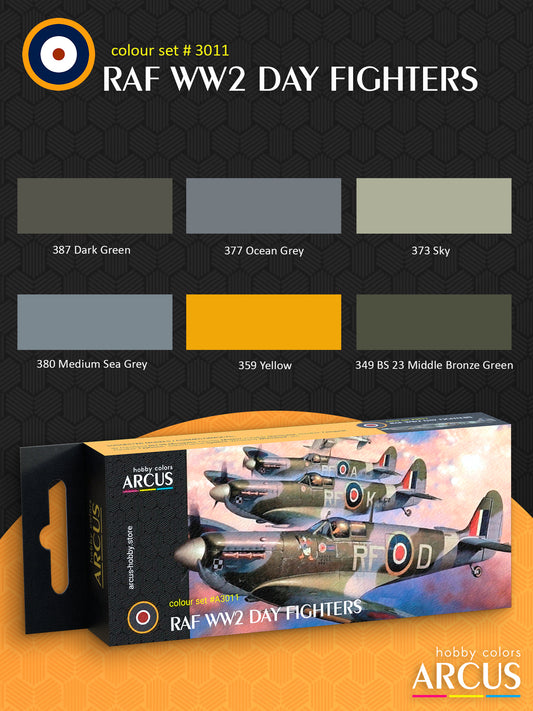Na het einde van de Eerste Wereldoorlog werd het Duitse leger in januari 1919 formeel ontbonden. Toch besloot de regering al in maart van datzelfde jaar om een voorlopig nieuw leger op te richten — de Reichswehr — dat als basis zou dienen voor toekomstige defensiekrachten. Na een overgangsperiode van enkele maanden werd deze nieuwe structuur in januari 1921 officieel bevestigd. Volgens het Verdrag van Versailles van 1919 werden de omvang en bewapening van de strijdkrachten streng beperkt. Het leger mocht uitsluitend worden ingezet voor interne veiligheid en grensbewaking. Zwaar materieel zoals artillerie groter dan 105 mm, pantservoertuigen, onderzeeërs en grote oorlogsschepen waren verboden. Ook het opbouwen van een luchtmacht was Duitsland niet toegestaan.
De Reichswehr in gewapende conflicten
In de onrustige jaren aan het begin van de jaren 1920 werd de Reichswehr voornamelijk ingezet om linkse opstanden neer te slaan, zoals de Spartacusopstand in januari 1919 in Berlijn, georganiseerd door de Spartakusbund. Tegelijkertijd werden defensieve taken vaak overgenomen door vrijwillige paramilitaire groepen — de Freikorpsen — die buiten de beperkingen van het Verdrag van Versailles vielen, of actief waren in gebieden waar de Reichswehr onvoldoende getrainde troepen had. Dit omvatte onder andere grensconflicten met Poolse en Litouwse vrijwilligers, en gevechten tegen het Rode Ruhrleger — een arbeidersmilitie die ontstond tijdens een linkse opstand in het Ruhrgebied in 1920. In oktober en november 1923 werkte de Reichswehr samen met nationalistische vrijwilligersformaties tijdens een interventie (Reichsexekution) tegen de deelstaten Saksen en Thüringen, met als doel linkse regeringen omver te werpen. Generaals van de Reichswehr onderhielden nauwe banden met extreemrechtse veteranenorganisaties zoals de Stahlhelm en de Kyffhäuserbund, die openlijk tegen de Weimarrepubliek gekant waren.
Vanaf 1921 werkte de Reichswehr, in strijd met het Verdrag van Versailles, in het geheim aan de ontwikkeling van nieuwe wapensystemen en aan de wederopbouw van een luchtmacht, in samenwerking met het Rode Leger van de Sovjet-Unie. Duitsland investeerde in geavanceerde technologieën en kon militaire training geven aan eigen officieren op Sovjetgrondgebied via een overeenkomst met de USSR.
De samenwerking met het Rode Leger was wederzijds voordelig. Duitsland ondersteunde de Sovjet-wapenindustrie, terwijl Sovjetofficieren opleidingen volgden aan Duitse militaire academies. Tegelijkertijd kreeg de Reichswehr toegang tot testfaciliteiten voor nieuw materieel en de mogelijkheid om troepen op Sovjetbodem te trainen, buiten het zicht van Westerse mogendheden. In de stad Lipetsk werd een gezamenlijke vliegschool opgericht waar Duitse instructeurs ongeveer 120 Sovjetpiloten, meer dan 100 waarnemers en circa 30 technici trainden. Een deel van de opleiding vond ook in Duitsland plaats. Het hoofddoel van deze samenwerking was het voorbereiden van personeel en technieken voor een toekomstige Duitse luchtmacht, ondanks de beperkingen van Versailles, namelijk de Luftwaffe.
De bezetting van het Ruhrgebied door Franse en Belgische troepen in 1923 stelde de Weimarrepubliek voor een grote uitdaging. Door de militaire beperkingen en de politieke instabiliteit kon de Reichswehr niet ingrijpen. In november van datzelfde jaar, tijdens de poging tot een extreemrechtse staatsgreep in Beieren — de zogenoemde Bierkellerputsch — droeg president Friedrich Ebert noodbevoegdheden over aan minister van Defensie Otto Gessler. Daarmee kreeg de Reichswehr een directe politieke rol en veranderde zij van een puur defensieve macht in een instrument voor interne ordehandhaving.
Na de ondertekening van de Verdragen van Locarno in 1925 en de toetreding van Duitsland tot de Volkenbond werd het Rijnland gedemilitariseerd. Tegen 1930 groeide de invloed van de Reichswehr verder, mede door de desintegratie van het parlementaire systeem en de overgang naar regeren per presidentieel decreet. Franz von Papen en generaal Kurt von Schleicher overwogen zelfs om het leger te gebruiken voor een staatsgreep tegen de Weimarrepubliek.
In 1935 werd de Reichswehr officieel ontbonden. Het naziregime onder leiding van Adolf Hitler begon een grootschalige militaire hervorming die in strijd was met het Verdrag van Versailles. Op 1 maart werden de luchtstrijdkrachten van de Luftwaffe opgericht, en op 16 maart werd de algemene dienstplicht heringevoerd. Diezelfde dag kreeg het voormalige Reichswehr een nieuwe naam: de Wehrmacht.
De evolutie van Duitse camouflage
Na het einde van de Eerste Wereldoorlog werd duidelijk dat de standaardkleur Feldgrau niet langer voldeed aan de eisen van moderne oorlogsvoering. Al in 1918 verschenen de eerste bevelen om driekleurencamouflage toe te passen op militair materieel. Op 12 mei 1920 voerde het legercommando (Heeresleitung) een nieuw meerkleurig camouflagepatroon in, genaamd Buntfarbenanstrich. Hierbij werden vlekken van groen, geel en bruin gebruikt. In het begin werd dit met de hand geschilderd, later schakelde men over op verfspuiten om het werk sneller en gelijkmatiger te maken.
In het officiële bulletin H.V.Bl. 1922, nr. 24 werd bepaald dat deze camouflage alleen toegepast mocht worden op gevechtsvoertuigen zoals pantserwagens en artillerietrekkers. Alle overige voertuigen werden geverfd in de gebruikelijke kleur Feldgrau. Buntfarbenanstrich bleef in gebruik tijdens de beginjaren van de Wehrmacht, al varieerden de patronen licht per fabrikant, bouwjaar of type voertuig. Toch groeide dit driekleurige patroon uit tot een herkenbaar element van de Duitse militaire camouflage uit het interbellum.
Kleurstandaarden in het Duitse leger
Op 23 april 1925 werd in Duitsland de RAL opgericht — het Rijkscomité voor Leveringsvoorwaarden (Reichsausschuss für Lieferbedingungen). Hoewel het formeel onder het Ministerie van Economische Zaken viel, opereerde het als een onafhankelijke organisatie. Het doel was om technische standaarden voor producten te harmoniseren, waaronder een uniforme kleurschaal voor industrie, transport en leger.
De eerste gestandaardiseerde kleurenlijst verscheen in 1927 onder de naam RAL 840. Deze standaard maakte het mogelijk om de productie van verf te stroomlijnen en kosten te verlagen dankzij gecentraliseerde inkoop en het afschaffen van overbodige varianten. Import was beperkt vanwege deviezentekorten en de lage waarde van de Reichsmark buiten Duitsland, dus werden vooral lokale pigmenten gebruikt. In de jaren daarna werd het kleurenschema uitgebreid, vooral op verzoek van overheidsinstellingen zoals postdiensten, spoorwegen en andere agentschappen.
In datzelfde jaar werd een aparte standaard voor de transportsector ingevoerd: RAL 840 B. Deze bestond uit 40 kleuren speciaal ontwikkeld voor voertuigen. In 1932 werd deze reeks herzien en kreeg de aanduiding RAL 840 B2 om verwarring met de vorige versie te voorkomen. Vervolgens werd de lijst aangevuld met nieuwe tinten via aparte toevoegingen — de zogenaamde Ergänzungsblätter.

 AanbiedingVerkoper:Arcus HobbyNormale prijs $1.69 USDNormale prijsEenheidsprijs per
AanbiedingVerkoper:Arcus HobbyNormale prijs $1.69 USDNormale prijsEenheidsprijs per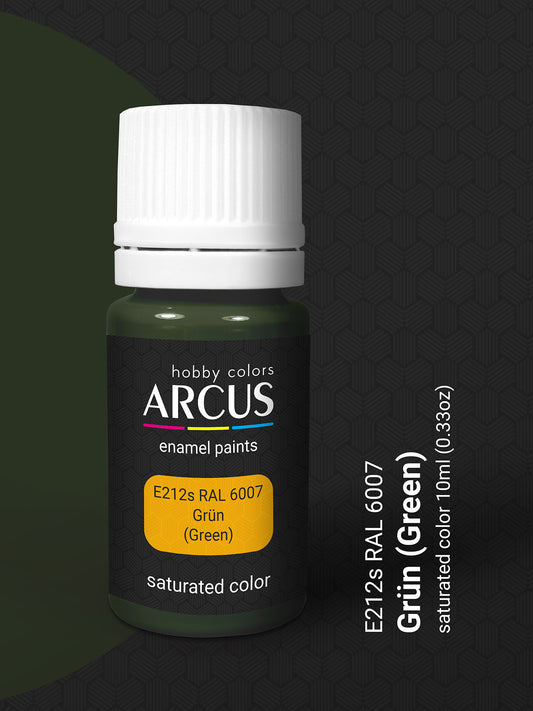
 AanbiedingVerkoper:Arcus HobbyNormale prijs $1.69 USDNormale prijsEenheidsprijs per
AanbiedingVerkoper:Arcus HobbyNormale prijs $1.69 USDNormale prijsEenheidsprijs per
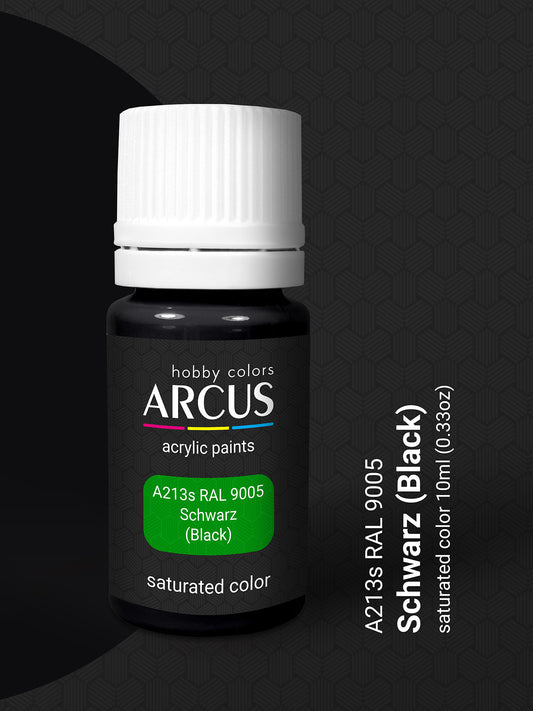 AanbiedingVerkoper:Arcus HobbyNormale prijs $1.69 USDNormale prijsEenheidsprijs per
AanbiedingVerkoper:Arcus HobbyNormale prijs $1.69 USDNormale prijsEenheidsprijs per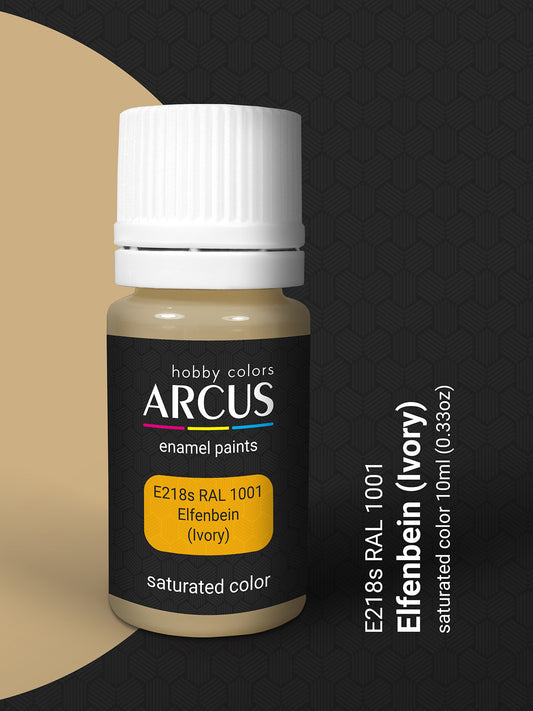
 AanbiedingVerkoper:Arcus HobbyNormale prijs $1.69 USDNormale prijsEenheidsprijs per
AanbiedingVerkoper:Arcus HobbyNormale prijs $1.69 USDNormale prijsEenheidsprijs per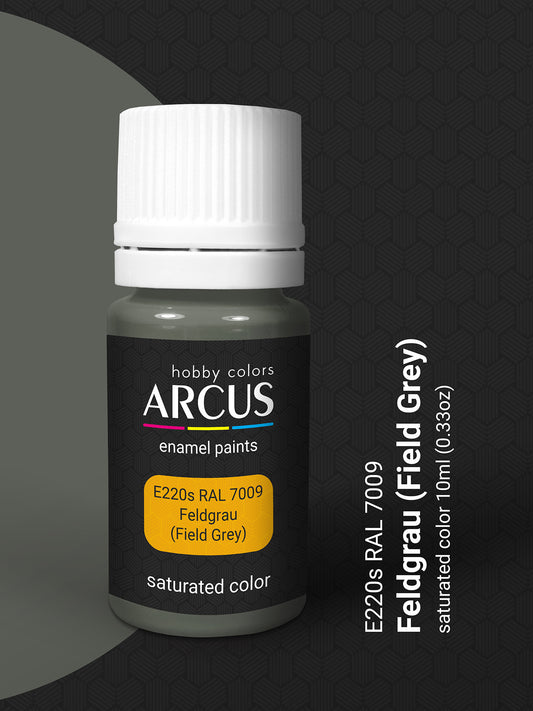
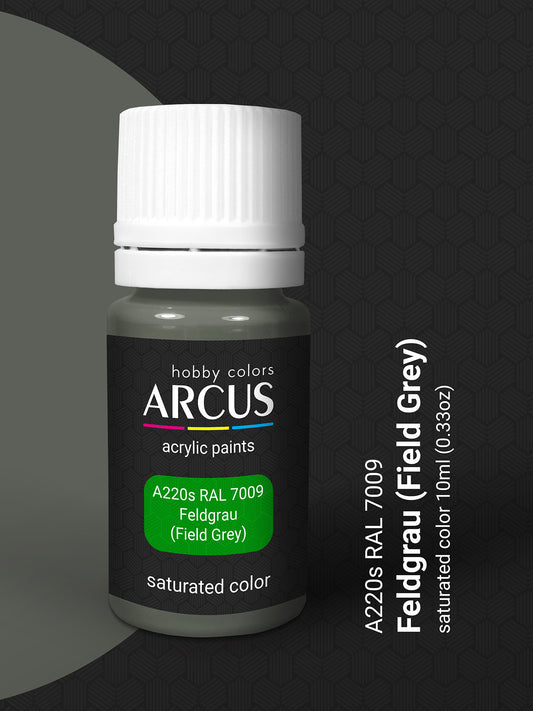 AanbiedingVerkoper:Arcus HobbyNormale prijs $1.69 USDNormale prijsEenheidsprijs per
AanbiedingVerkoper:Arcus HobbyNormale prijs $1.69 USDNormale prijsEenheidsprijs per










